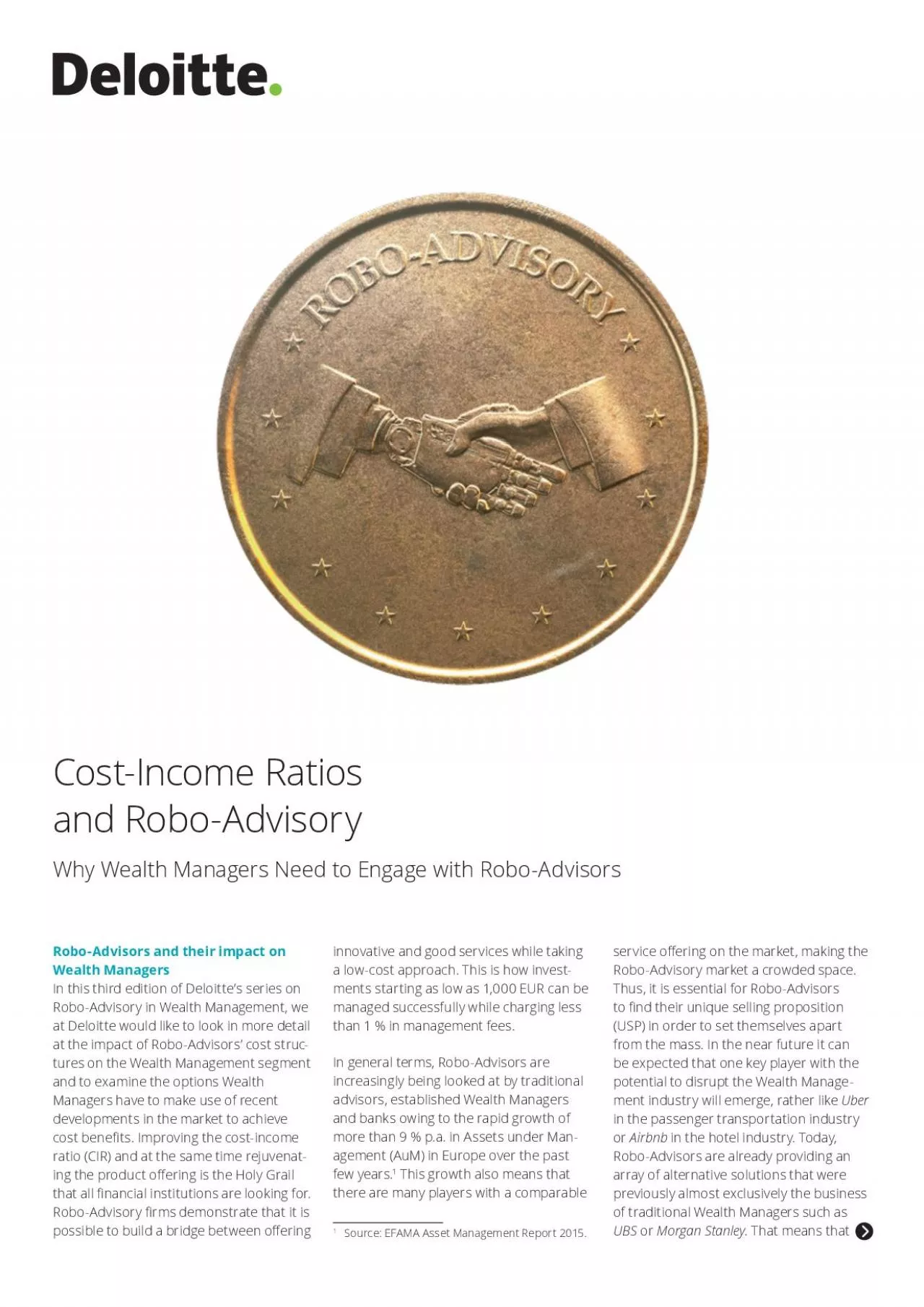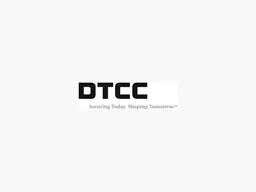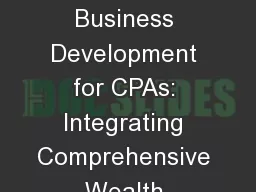PDF-RoboAdvisors and their impact on Wealth ManagersIn this third edition
Author : violet | Published Date : 2021-08-07
1RoboAdvisors such as Vaamo or Nutmegare capable of proling their clients risk appetite and can ox00660066er diversied investment portfolios that match this risk
Presentation Embed Code
Download Presentation
Download Presentation The PPT/PDF document "RoboAdvisors and their impact on Wealth ..." is the property of its rightful owner. Permission is granted to download and print the materials on this website for personal, non-commercial use only, and to display it on your personal computer provided you do not modify the materials and that you retain all copyright notices contained in the materials. By downloading content from our website, you accept the terms of this agreement.
RoboAdvisors and their impact on Wealth ManagersIn this third edition: Transcript
Download Rules Of Document
"RoboAdvisors and their impact on Wealth ManagersIn this third edition"The content belongs to its owner. You may download and print it for personal use, without modification, and keep all copyright notices. By downloading, you agree to these terms.
Related Documents














